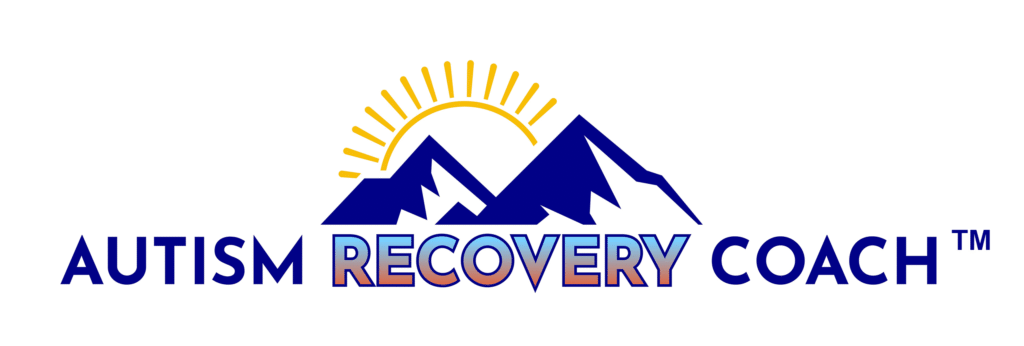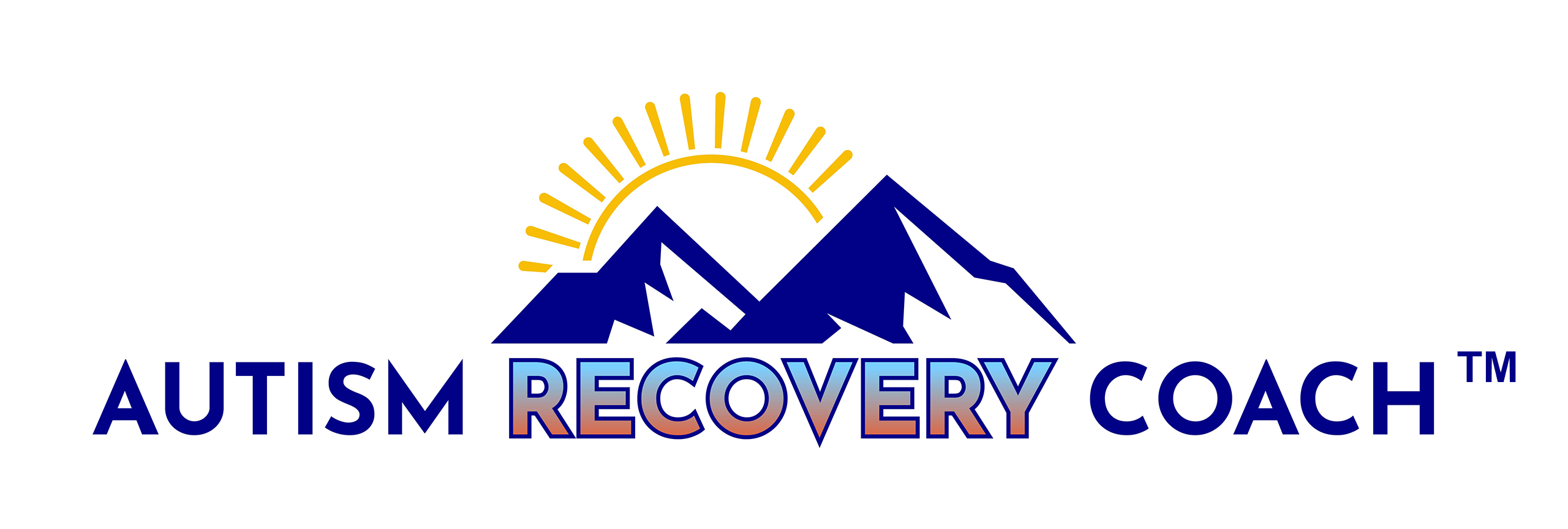In the realm of therapeutic interventions for individuals with autism, a unique and furry ally has emerged – animals. The therapeutic benefits of animal-assisted interventions extend beyond companionship, offering a range of healing possibilities for autism recovery. From the soft paws of a cat to the sturdy hooves of a horse, these creatures play a remarkable role in supporting individuals with autism. Let’s explore the transformative power of animal-assisted therapy and the profound impact it can have on the journey to healing.
The Magic of Animal Companionship:
Children with autism often find solace and understanding in the company of animals. The unconditional love and non-judgmental nature of animals create a unique bond that fosters emotional connections. This companionship provides a source of comfort, reducing anxiety and stress levels. Whether it’s the rhythmic purring of a cat or the gentle nuzzle of a therapy horse, these interactions contribute to a sense of security and well-being.
Therapeutic Benefits of Animal-Assisted Interventions:
Animal-assisted therapy goes beyond the emotional bond, offering tangible therapeutic benefits. Interactions with animals can enhance sensory integration, improve motor skills, and promote social engagement. For children with autism, who may face challenges in traditional therapy settings, the presence of animals often serves as a motivating factor. From brushing a dog’s fur to taking a calming horseback ride, these activities can be both enjoyable and therapeutic.
Biomedical Insights into Animal-Assisted Therapy:
Understanding the profound connection between animals and individuals with autism opens the door to exploring how biomedical treatments can enhance this therapeutic approach. Biomedical interventions, such as nutritional supplements and targeted therapies, can support the physiological aspects of the therapeutic process. For instance, Methyl B12 supplementation may play a role in cognitive function, complementing the positive effects of animal-assisted therapy. This integrative approach aims to synergize the emotional and physical aspects of healing.
Building Confidence and Communication:
Animal-assisted therapy creates a non-threatening environment where individuals with autism can build essential life skills. Interacting with animals can enhance communication skills, as children may find it easier to express themselves with a furry friend by their side. The responsibility of caring for an animal, whether it’s feeding a pet rabbit or grooming a therapy dog, fosters a sense of accomplishment and boosts confidence.

Healing with Every Paw Print
As we witness the transformative journey of children with autism alongside their animal companions, it becomes evident that healing is not a one-size-fits-all endeavor. Animal-assisted therapy, with its paws, hooves, and healing presence, offers a profound avenue for growth and connection.
Christopher Soppet at Autism Recovery Coach invites families to explore the possibilities of animal-assisted therapy, recognizing it as a valuable component of a comprehensive autism recovery journey. He provides high-quality autism biomedical treatments, ASD coaching for adults, and Methyl B-12 autism recovery online.
Contact him today to learn more!


